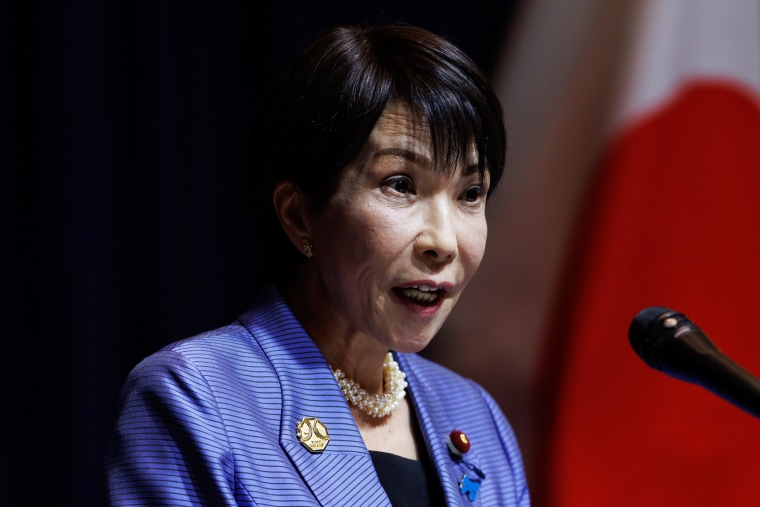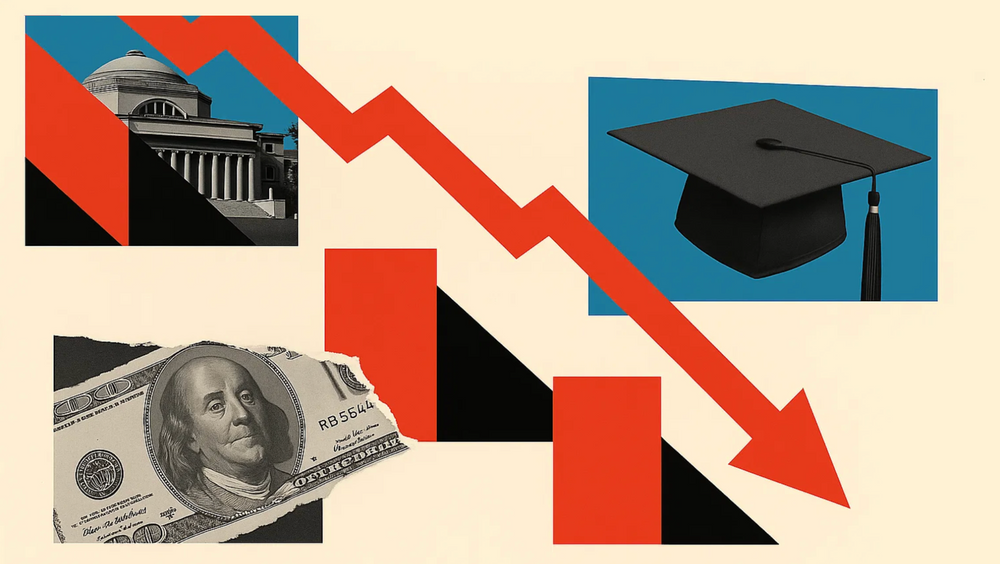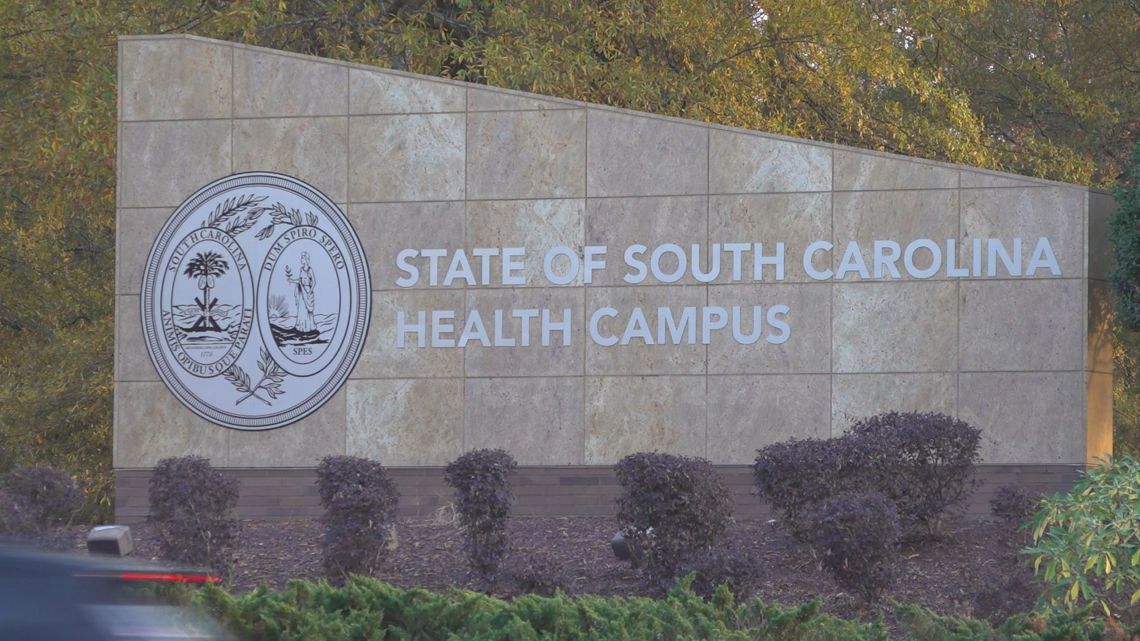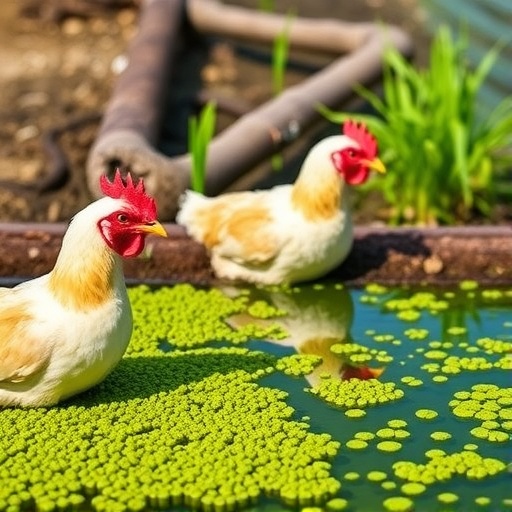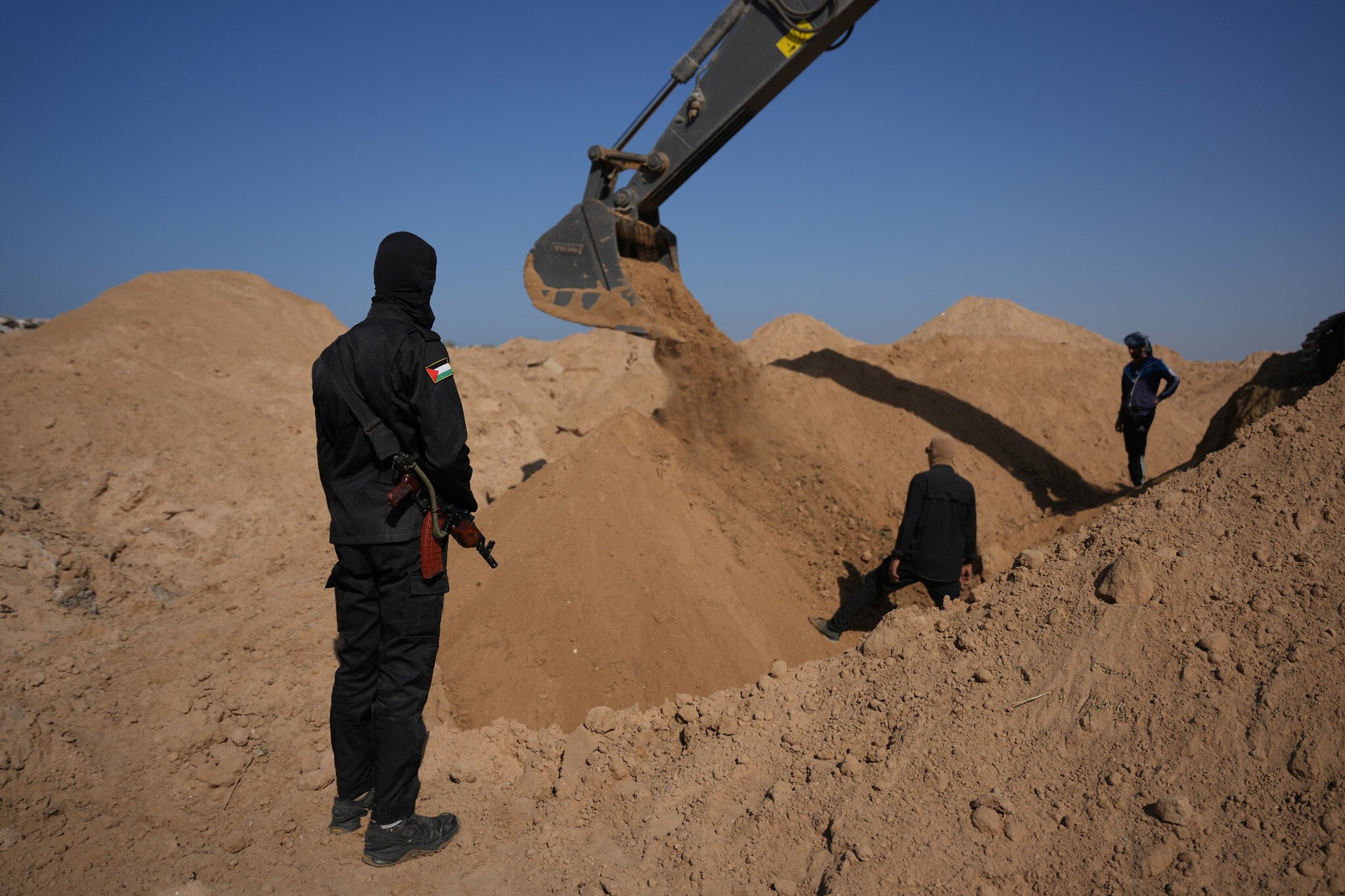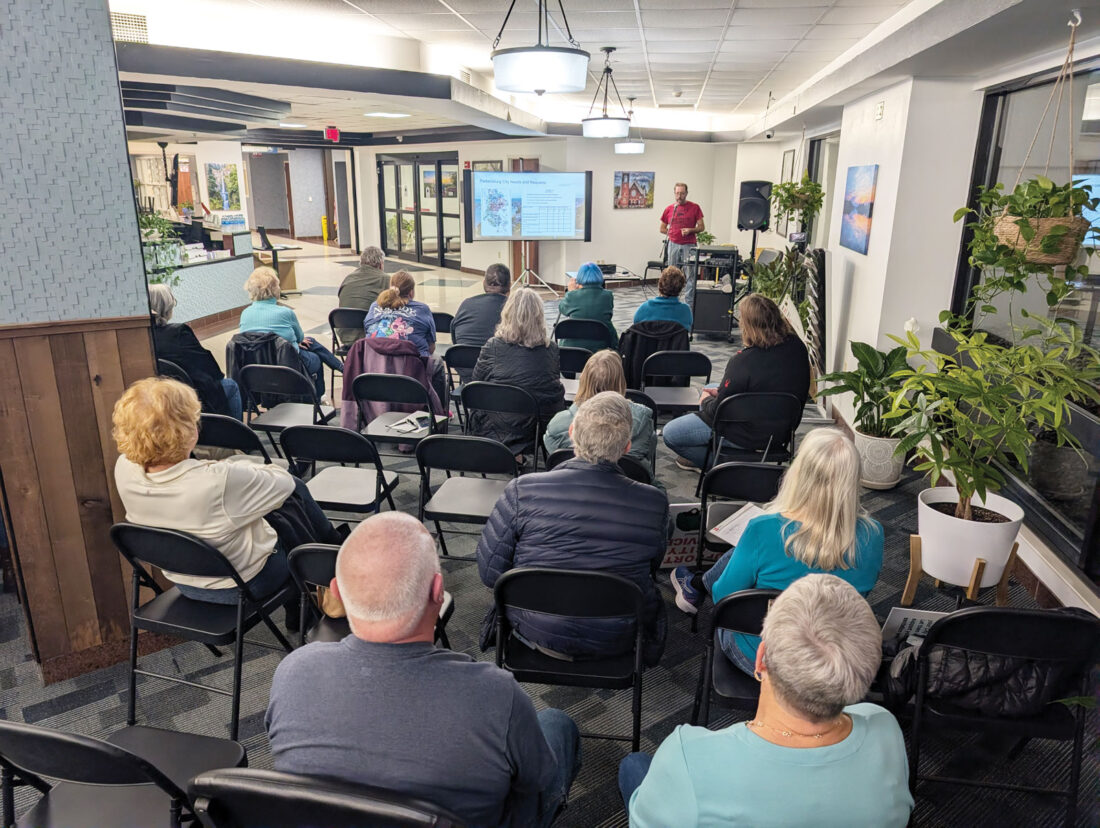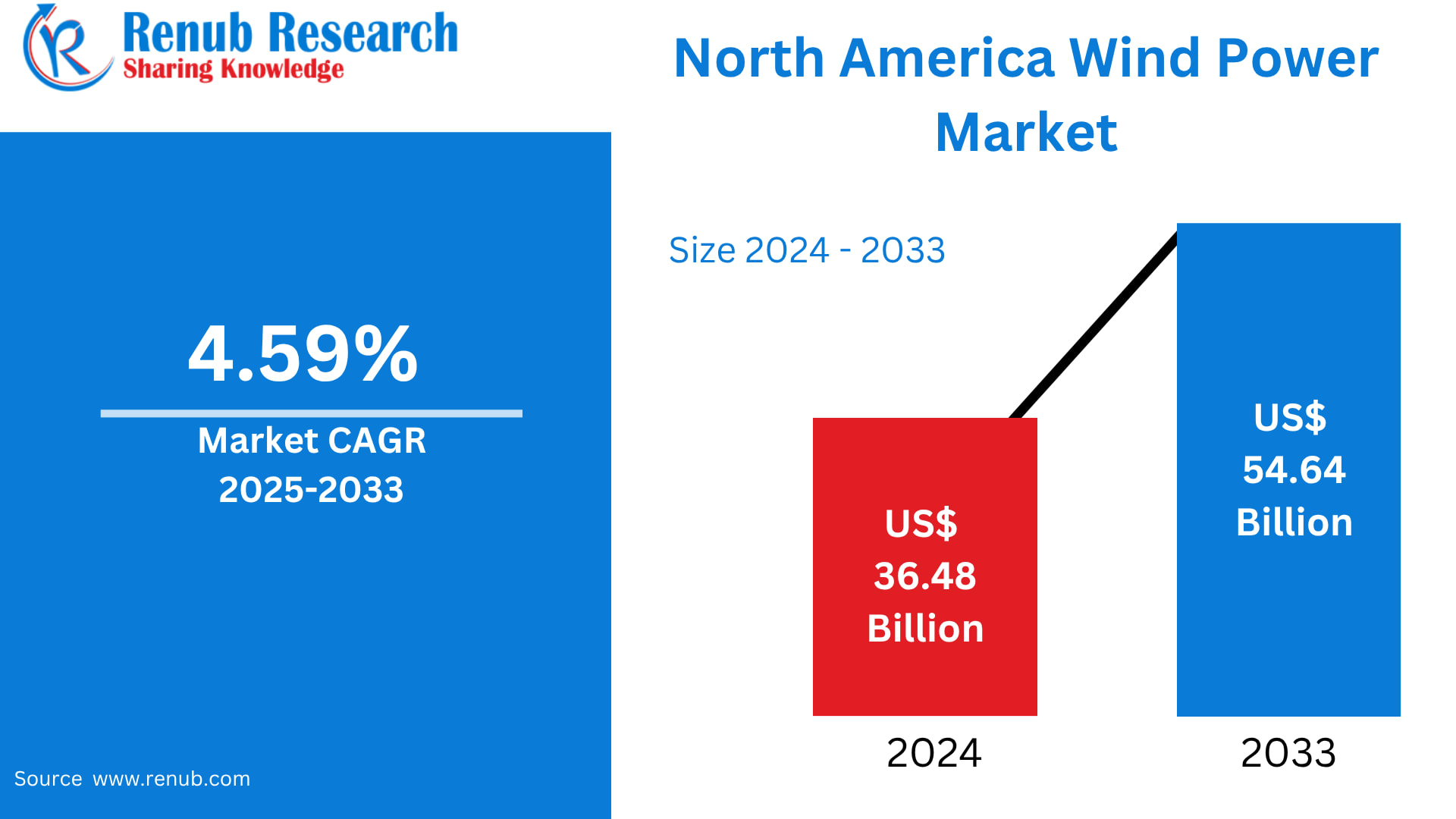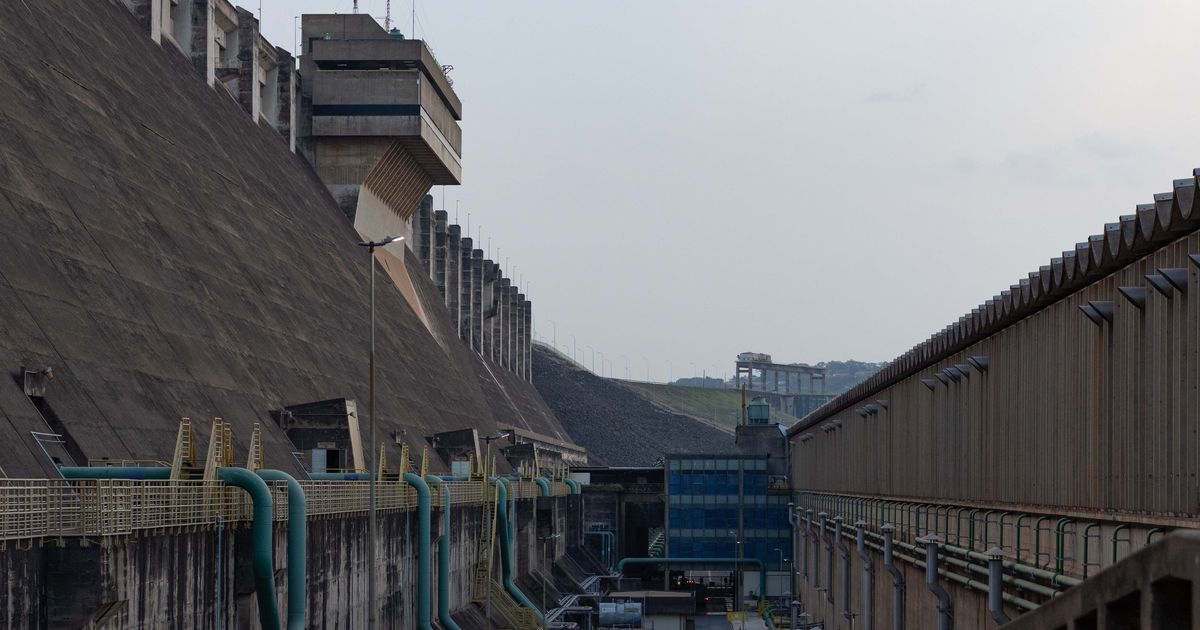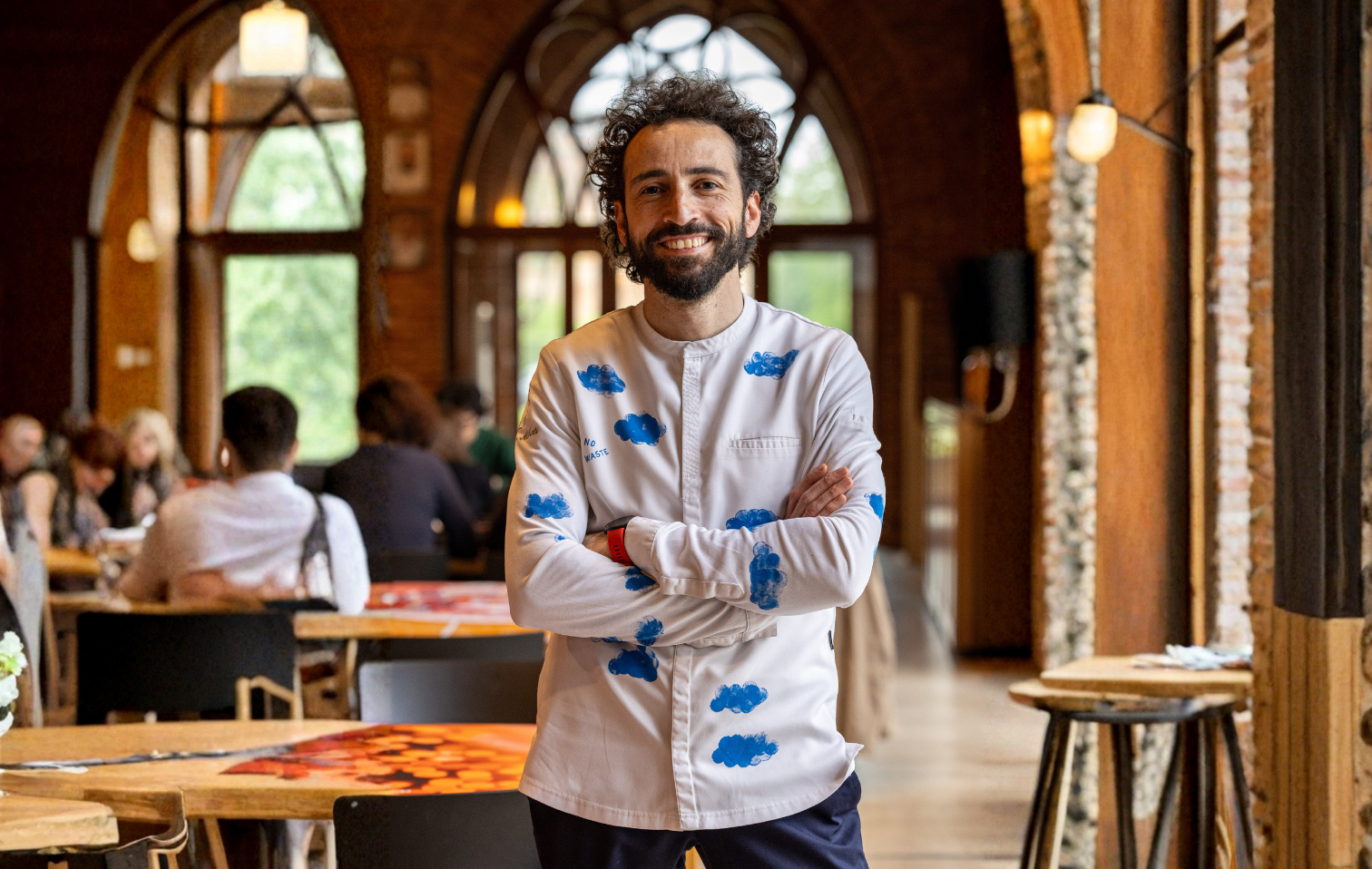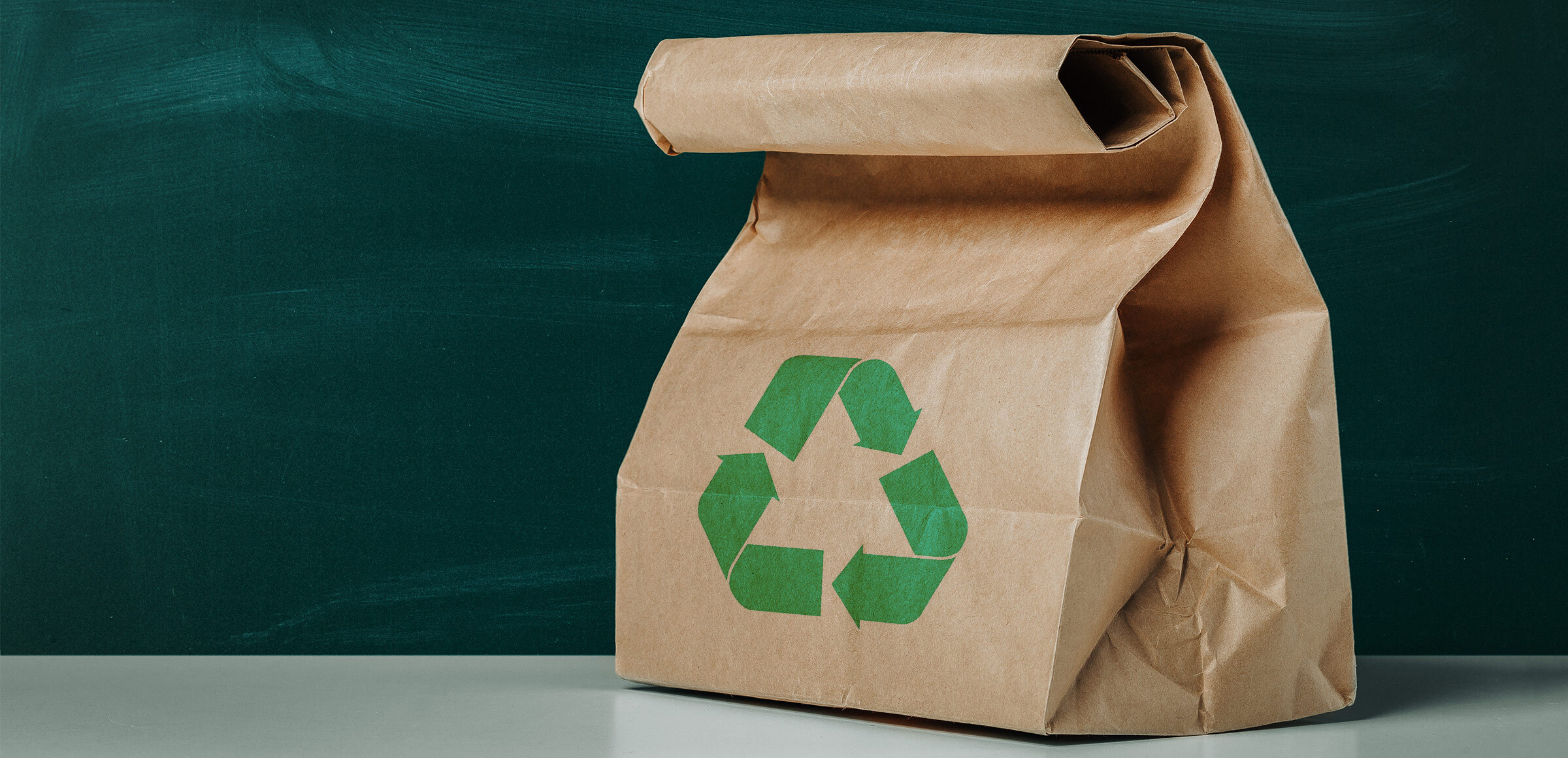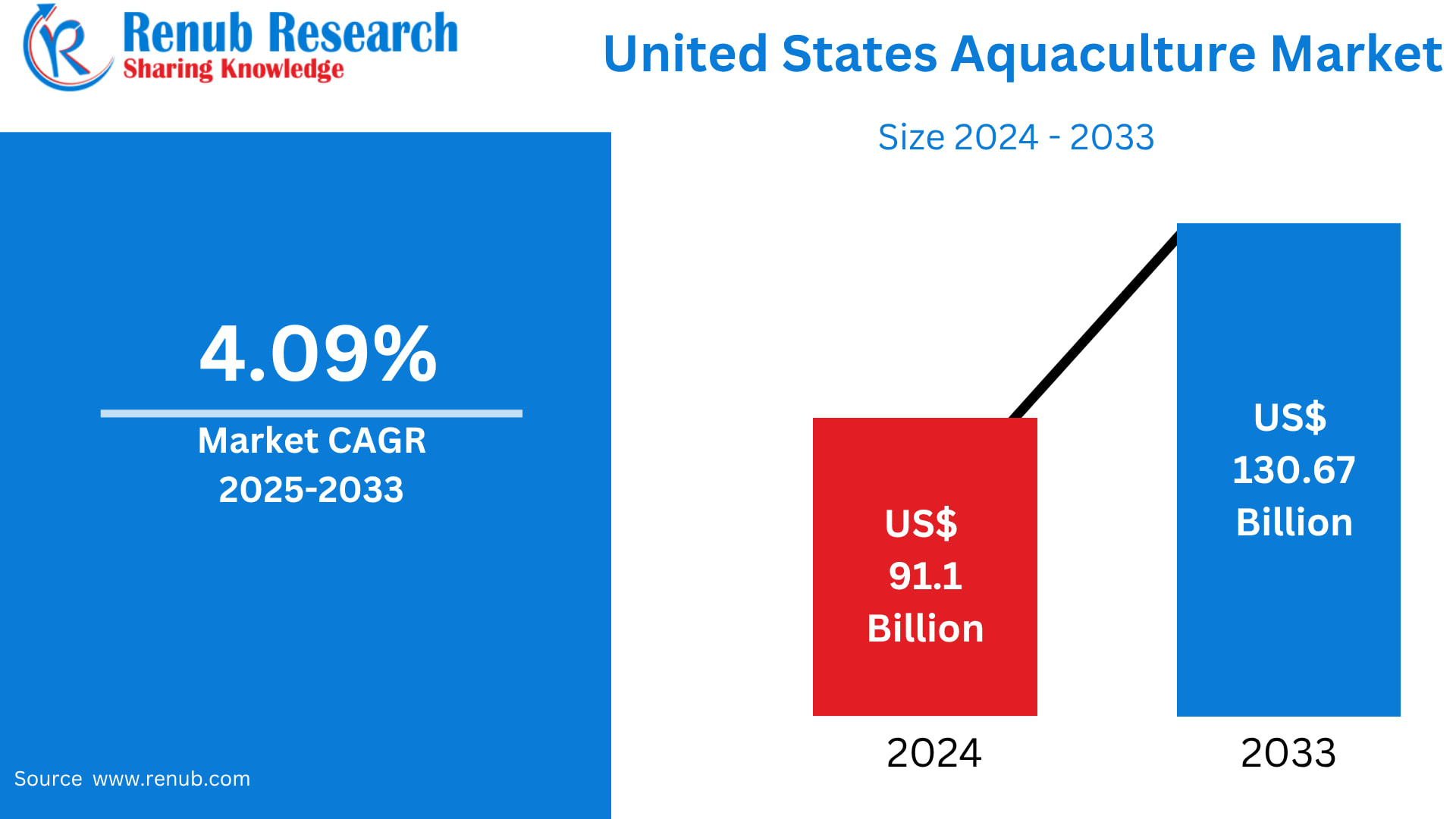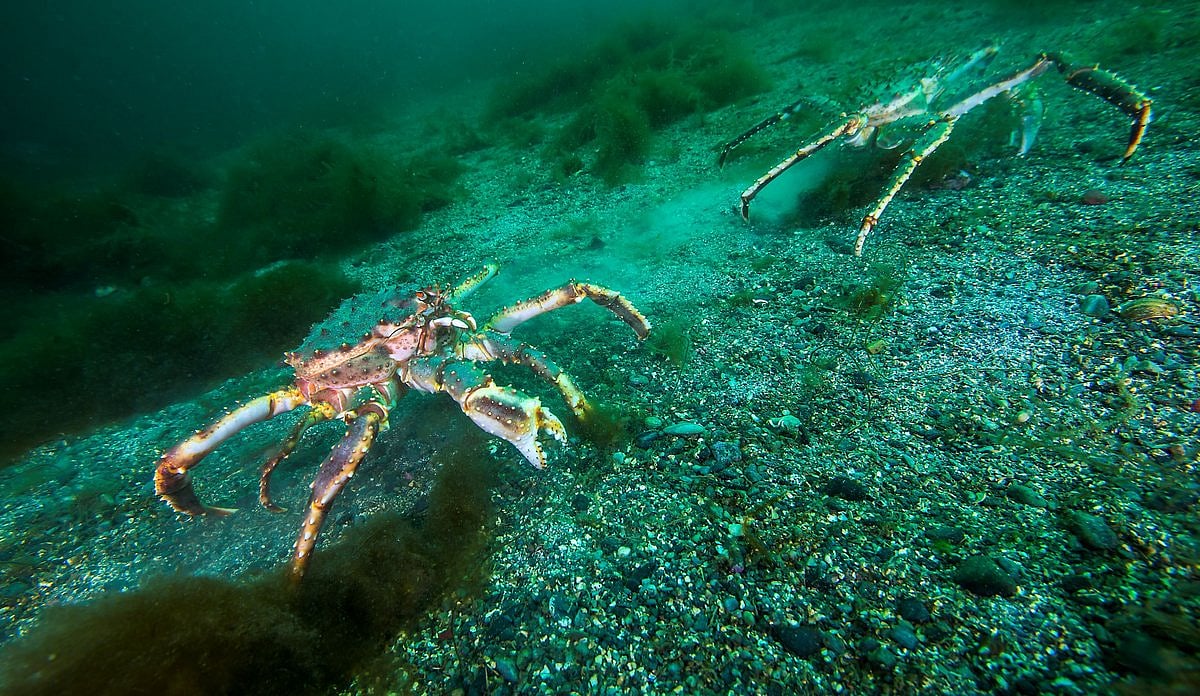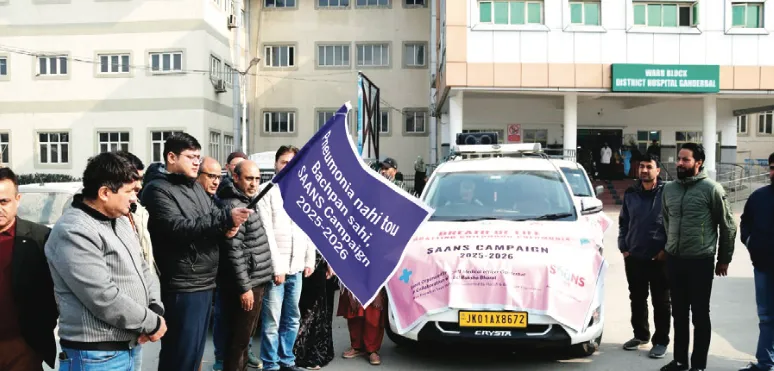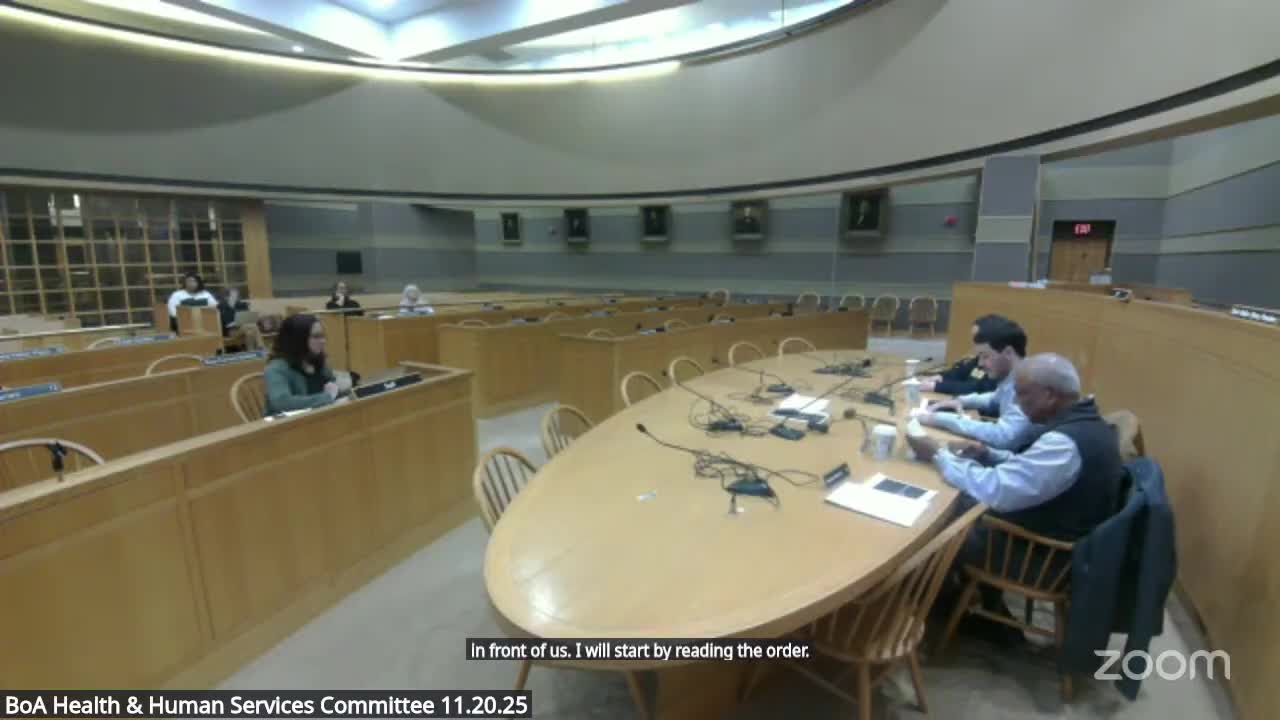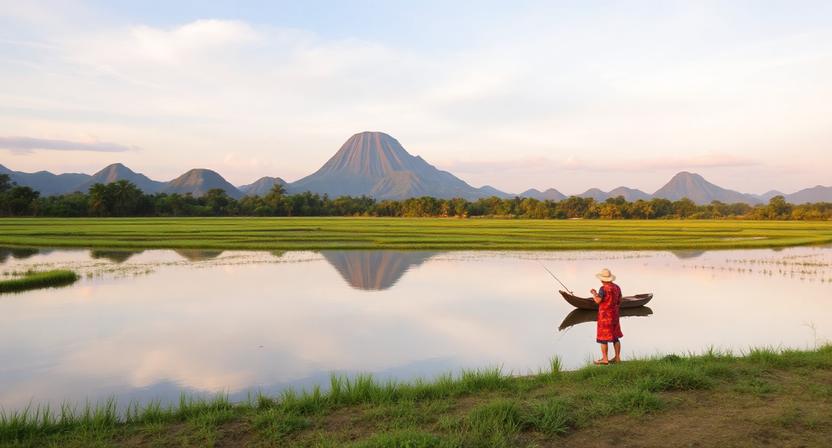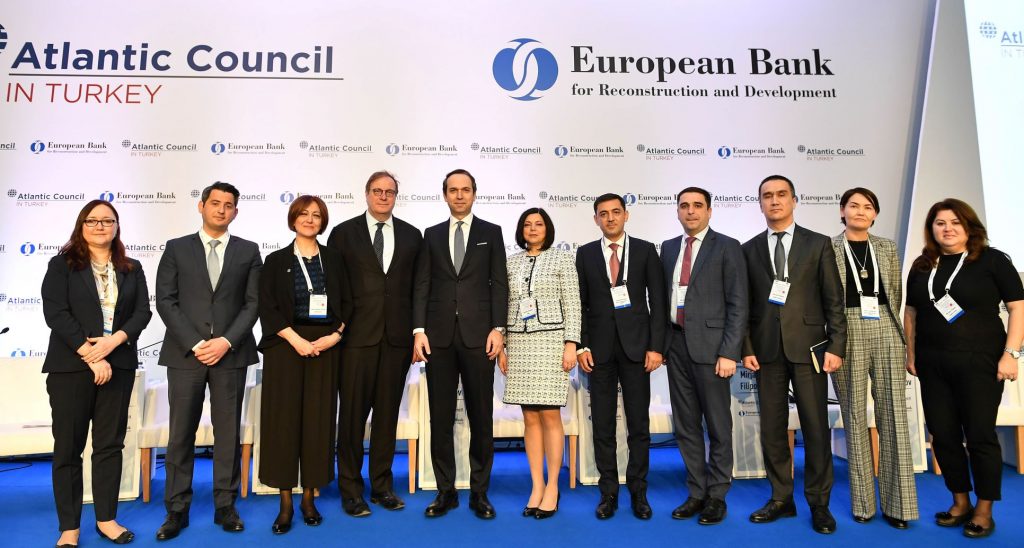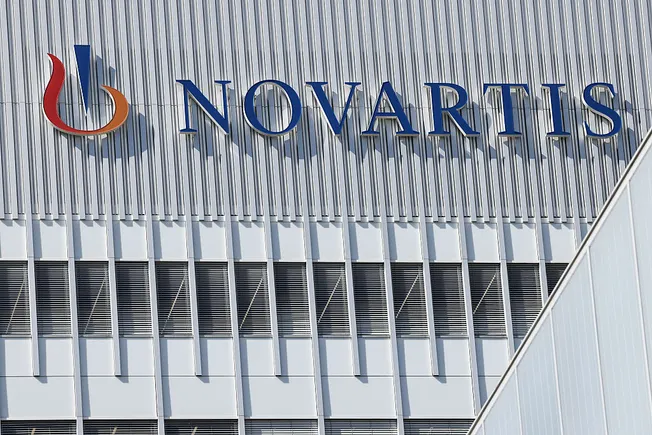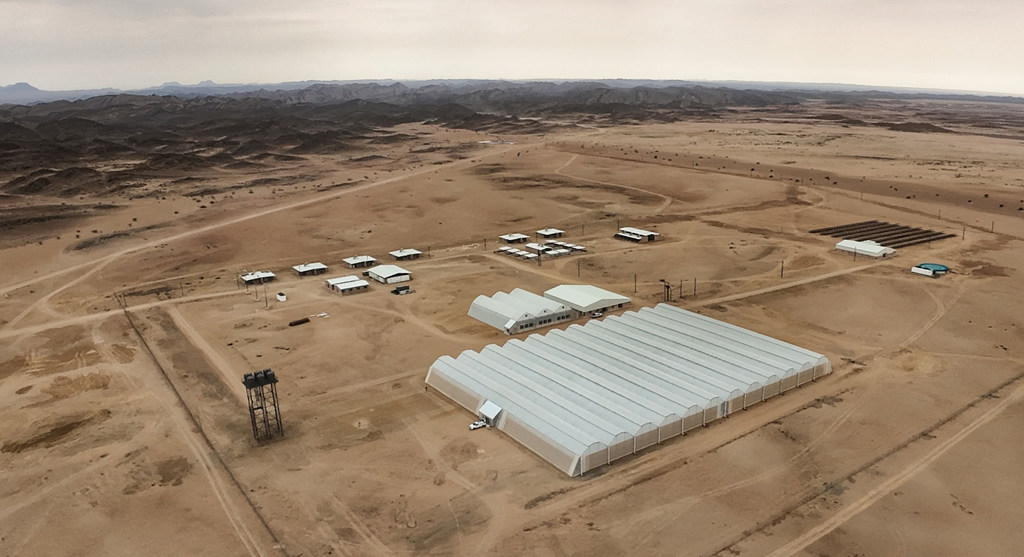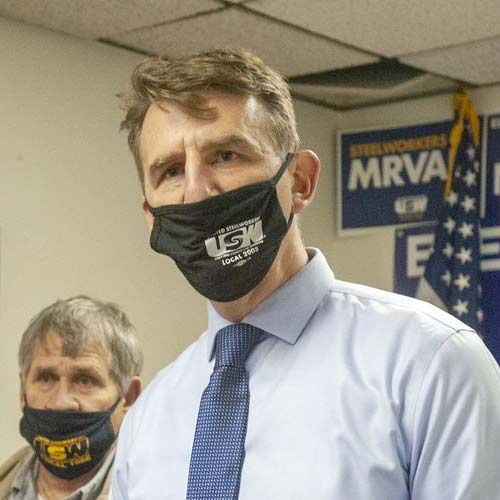Wind turbine trial sparks hope as small-scale power source – Australian Broadcasting Corporation

Report on the Vertical Axis Wind Turbine (VAWT) Project and its Alignment with Sustainable Development Goals
Project Overview and Initial Trial
A pilot program for a new renewable energy source has been conducted on a major infrastructure project south of Adelaide. The trial involved the deployment of an Australian-first vertical axis wind turbine (VAWT) to help power a construction site for the Main South Road duplication.
- Technology: A 6-kilowatt prototype VAWT, developed by VAWT-X Energy in collaboration with Flinders University.
- Objective: To test the viability of small-scale wind turbines as a component of Australia’s renewable energy mix, providing power for businesses, infrastructure projects, and potentially residential homes.
- Trial Outcome: A three-month trial at the CPB Contractors’ construction site yielded positive results, demonstrating the potential to integrate wind power into a diversified mix of energy sources and reduce reliance on fossil fuels.
Contribution to United Nations Sustainable Development Goals (SDGs)
The VAWT-X Energy project is a significant contributor to several key Sustainable Development Goals through its focus on innovation, clean energy, and collaborative partnerships.
SDG 7: Affordable and Clean Energy
The project’s primary objective is to advance access to affordable, reliable, and modern energy for all.
- Increasing the Renewable Energy Share: The turbine is designed to complement solar power, addressing its limitation of daytime-only generation. This creates a potential for 24/7 renewable electricity, increasing the overall share of clean energy in the energy mix.
- Promoting Clean Energy Technology: It represents an innovative approach to wind power that is more adaptable to smaller-scale, localized “distributed energy” applications, making clean energy more accessible to small businesses, farms, and remote sites.
- Reducing Fossil Fuel Dependency: As stated by Project Manager Andrew Coonan, the technology enables major projects to “get away from fossil fuels,” directly supporting the global transition to clean energy systems.
SDG 9: Industry, Innovation, and Infrastructure
The initiative fosters innovation and promotes the development of sustainable and resilient infrastructure.
- Technological Innovation: The project is at the forefront of developing vertical axis wind technology in Australia, which, according to Minister Susan Close, is an “exciting development” capable of capturing energy efficiently even from low wind speeds.
- Sustainable Infrastructure: By powering a construction site, the turbine demonstrates a practical method for building future infrastructure in a more environmentally sustainable manner.
- Fostering Local Industry: Managing Director Gary Andrews expressed a commitment to manufacturing the turbines locally in South Australia, which would support sustainable industrialization and create green jobs.
SDG 11 (Sustainable Cities and Communities) & SDG 13 (Climate Action)
The turbine offers a direct pathway to creating more sustainable communities and taking urgent action to combat climate change.
- Climate Change Mitigation: As a zero-emission energy source, the widespread adoption of this technology would contribute directly to reducing greenhouse gas emissions, a core target of SDG 13.
- Building Resilient Communities: The turbine provides a decentralized energy solution, enhancing the energy security and resilience of communities and small enterprises, including wineries and farms that have already expressed interest.
SDG 17: Partnerships for the Goals
The project’s success is built upon a strong, multi-stakeholder partnership, embodying the spirit of SDG 17.
- Academia-Industry Collaboration: The multi-year partnership between Flinders University and VAWT-X Energy combined academic research with commercial development.
- Public-Private Partnership: The project was made possible through a combination of private investment and crucial government support, including a $300,000 grant from the South Australian Department of State Development. Dr. Amir Zanj noted that making “something of this scale would be impossible” without all parties collaborating.
Future Outlook and Commercialization
Development Timeline and Market Niche
Following the successful prototype trial, the project is moving towards commercial readiness.
- Commercial Goal: VAWT-X Energy aims to refine the design based on trial data and have a commercial version ready for manufacture within 12 months, targeting early 2025.
- Target Market: The technology is aimed at the small-scale application niche where larger, horizontal-axis turbines are not viable. Its omnidirectional nature makes it ideal for varied wind conditions in these settings.
- Projected Cost: The intended retail price is approximately $36,000 plus installation, positioning it as a viable investment for businesses seeking to achieve energy independence and sustainability goals.
Analysis of Sustainable Development Goals (SDGs) in the Article
1. Which SDGs are addressed or connected to the issues highlighted in the article?
- SDG 7: Affordable and Clean Energy
- SDG 9: Industry, Innovation, and Infrastructure
- SDG 11: Sustainable Cities and Communities
- SDG 13: Climate Action
- SDG 17: Partnerships for the Goals
2. What specific targets under those SDGs can be identified based on the article’s content?
-
SDG 7: Affordable and Clean Energy
- Target 7.2: By 2030, increase substantially the share of renewable energy in the global energy mix. The article focuses on a new vertical axis wind turbine, a renewable energy source. The project’s goal is for this technology to “become part of the country’s renewable energy mix” and to integrate it with other sources like solar to “get away from fossil fuels.”
- Target 7.a: By 2030, enhance international cooperation to facilitate access to clean energy research and technology… and promote investment in energy infrastructure and clean energy technology. The project is a collaboration between Flinders University and VAWT-X Energy to develop new clean energy technology. It is supported by financial investment from “both federal and state governments, as well as a private investor,” directly promoting investment in clean energy technology.
-
SDG 9: Industry, Innovation, and Infrastructure
- Target 9.4: By 2030, upgrade infrastructure and retrofit industries to make them sustainable, with increased resource-use efficiency and greater adoption of clean and environmentally sound technologies. The article describes the adoption of the wind turbine to power a construction site, which typically runs on fossil fuels. It also notes interest from “wineries … small manufacturers, small businesses and farmers,” indicating a move towards adopting cleaner technologies in various industries.
- Target 9.5: Enhance scientific research, upgrade the technological capabilities of industrial sectors… encouraging innovation. The entire project is an example of enhancing scientific research and encouraging innovation. It involves Flinders University, mechanical and aerospace engineers, and a company (VAWT-X Energy) working for “several years to create the current prototype” of a new technology.
- Target 9.b: Support domestic technology development, research and innovation. The project is an Australian innovation, developed by a local company and university. The managing director expresses a hope “to be able to manufacture locally in South Australia,” which directly supports domestic technology development and manufacturing. Government support, including a “$300,000 grant,” reinforces this target.
-
SDG 11: Sustainable Cities and Communities
- Target 11.6: By 2030, reduce the adverse per capita environmental impact of cities. The turbine was tested on a major construction project “south of Adelaide.” By providing a renewable power source to replace fossil fuels on construction sites, the technology helps reduce the environmental impact (like air pollution) associated with urban and suburban development.
-
SDG 13: Climate Action
- Target 13.2: Integrate climate change measures into national policies, strategies and planning. The support from the South Australian “Minister for Climate, Environment and Water,” Susan Close, and the provision of government grants demonstrate the integration of climate-friendly technology development into state-level strategies and planning. The minister’s statement that this innovation is expected in “the state that is the most switched on in Australia for wind and solar” shows strategic alignment.
-
SDG 17: Partnerships for the Goals
- Target 17.17: Encourage and promote effective public, public-private and civil society partnerships. The article explicitly details a multi-stakeholder partnership. Dr. Zanj states, “Without all these elements around the table, making something of this scale would be impossible.” The partners mentioned are Flinders University (academia/civil society), VAWT-X Energy (private sector), a private investor (private sector), and the federal and state governments (public sector).
3. Are there any indicators mentioned or implied in the article that can be used to measure progress towards the identified targets?
-
For Target 7.2 (Increase share of renewable energy)
- Indicator 7.2.1: Renewable energy share in the total final energy consumption. The article provides a specific data point for a new renewable energy installation: a “6-kilowatt wind turbine.” The adoption of this turbine by businesses and for projects contributes to this share. The project manager’s goal to create a “mix in there, means we can get away from fossil fuels” directly implies measuring a shift in the energy share away from fossil fuels.
-
For Target 9.5 (Enhance research and innovation)
- Indicator 9.5.1: Research and development expenditure as a proportion of GDP. A specific financial figure is mentioned: a “$300,000 grant from the Department of State Development.” This, along with unspecified funding from the federal government and a private investor, serves as a direct measure of financial investment in research and development for this project.
-
For Target 9.b (Support domestic technology development)
- Implied Indicator: Number of locally manufactured technological products. The managing director’s aim to “have a product ready for manufacture within 12 months” and to “manufacture locally in South Australia” implies that the number of turbines produced locally would be a key success indicator.
- Implied Indicator: Commercial viability and cost of technology. The target cost of “around $36,000, plus installation” is a specific metric that can be used to track the economic feasibility and accessibility of this new domestic technology.
-
For Target 17.17 (Promote partnerships)
- Indicator 17.17.1: Amount of United States dollars committed to public-private and civil society partnerships. The article provides a concrete value for this indicator with the “$300,000 grant” from the government to the partnership between the university and the private company. This is a direct financial measure of the public sector’s commitment to the partnership.
4. Table of SDGs, Targets, and Indicators
| SDGs | Targets | Indicators |
|---|---|---|
| SDG 7: Affordable and Clean Energy | 7.2: Increase substantially the share of renewable energy in the global energy mix. | The installation of a “6-kilowatt wind turbine” as part of a move to “get away from fossil fuels.” |
| SDG 9: Industry, Innovation, and Infrastructure | 9.5: Enhance scientific research, upgrade the technological capabilities of industrial sectors… encouraging innovation. | Financial investment in R&D, specifically the “$300,000 grant from the Department of State Development.” |
| 9.b: Support domestic technology development, research and innovation. | The goal to “manufacture locally in South Australia” and the target product cost of “around $36,000.” | |
| 9.4: Upgrade infrastructure and retrofit industries to make them sustainable… with greater adoption of clean… technologies. | Adoption of the turbine on a construction site and “several requests from wineries … small manufacturers, small businesses and farmers.” | |
| SDG 11: Sustainable Cities and Communities | 11.6: Reduce the adverse per capita environmental impact of cities. | Use of renewable energy on a construction project “south of Adelaide” to replace fossil fuels. |
| SDG 13: Climate Action | 13.2: Integrate climate change measures into national policies, strategies and planning. | Support and grants from the state government and the “Minister for Climate, Environment and Water.” |
| SDG 17: Partnerships for the Goals | 17.17: Encourage and promote effective public, public-private and civil society partnerships. | The collaboration between Flinders University, VAWT-X Energy, governments, and a private investor, supported by a “$300,000 grant.” |
Source: abc.net.au

What is Your Reaction?
 Like
0
Like
0
 Dislike
0
Dislike
0
 Love
0
Love
0
 Funny
0
Funny
0
 Angry
0
Angry
0
 Sad
0
Sad
0
 Wow
0
Wow
0


